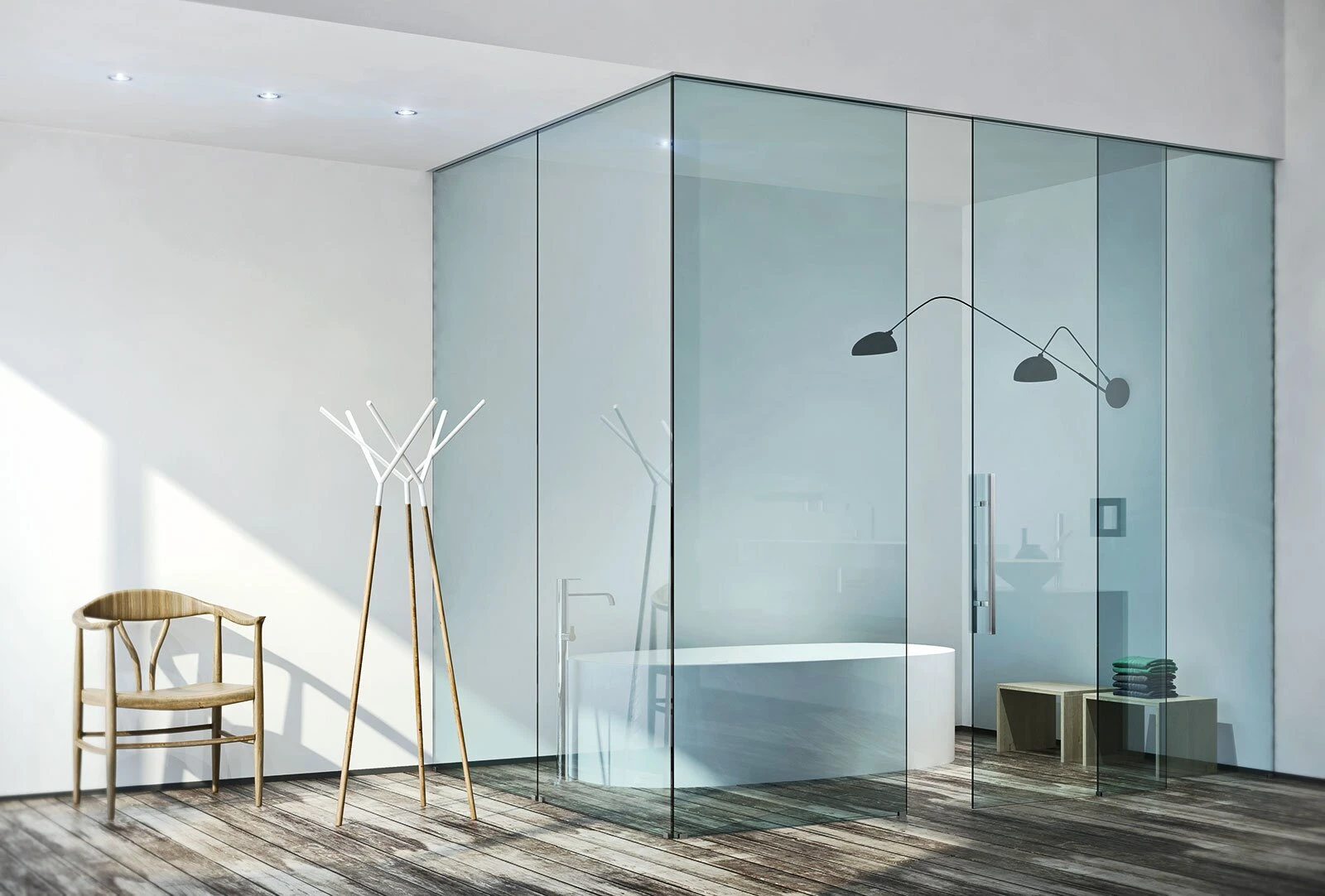

Understanding Tinted Glass Types Enhancing Aesthetics and Functionality
Tinted glass is a versatile material commonly used in various applications, from architectural designs to automotive industries. Its appeal lies not only in the aesthetic enhancements it provides but also in its functional benefits. With a range of types available, understanding their characteristics and applications is essential for making informed choices.
Types of Tinted Glass
1. Gray Tinted Glass Gray tinted glass is one of the most popular types used in buildings and vehicles. It reduces glare and heat while maintaining a natural color balance. This type is particularly beneficial in regions with intense sunlight, as it minimizes solar heat gain and contributes to energy efficiency. Additionally, gray tinted glass offers a sleek, modern appearance that complements various architectural styles.
2. Bronze Tinted Glass Bronze tinted glass adds a warm, coppery hue to windows and facades. This type is widely used in commercial buildings and residential homes, not just for aesthetic purposes but also for its ability to block harmful UV rays. By reducing glare and solar heat gain, bronze tinted glass enhances indoor comfort and can help lower air conditioning costs during hot months.
3. Green Tinted Glass Green tinted glass is another popular choice, often sought for its ability to impart a natural, earthy aesthetic. This type is commonly used in eco-friendly designs, as it balances interior lighting while still allowing ample natural light to penetrate. Moreover, green tinted glass can help reduce the energy needed for artificial lighting, making it a great option for sustainable architecture.
4. Blue Tinted Glass Blue tinted glass is ideal for creating a tranquil and calming environment. It not only provides a distinct look but also effectively filters sunlight, reducing glare and heat. This type is often used in commercial and residential settings where a relaxing ambiance is desirable, such as in spas or wellness centers.
5. Reflective Tinted Glass Reflective tinted glass has a metallic finish that enhances privacy while reflecting sunlight. This type is widely used in high-rise buildings, as it provides a mirror-like appearance that can help reduce overheating within interiors. Reflective tinted glass also minimizes the visibility of unsightly views from outside.
Applications of Tinted Glass

The versatility of tinted glass makes it suitable for a variety of applications. In architecture, it is often used for windows, curtain walls, and glass facades. Tinted glass not only improves energy efficiency but also enhances the building's aesthetics, offering a modern touch that appeals to many homeowners and designers.
In automobiles, tinted glass provides comfort and safety for drivers and passengers by reducing glare from the sun and protecting against harmful UV rays. It can also provide a level of privacy and security, making it a popular choice for car enthusiasts and families alike.
Advantages of Tinted Glass
1. Energy Efficiency One of the most significant benefits of tinted glass is its ability to reduce heat gain. By blocking a portion of the sun's rays, it helps maintain a stable indoor temperature, ultimately leading to lower energy bills.
2. UV Protection Many tinted glass types provide an effective barrier against harmful ultraviolet (UV) radiation, which can cause fading in furnishings and poses health risks. This protective quality is essential, especially in areas with high sun exposure.
3. Privacy Tinted glass allows for visibility from the inside out while obstructing views from the outside. This feature makes it particularly attractive for homes and offices located near high-traffic areas or neighboring buildings.
4. Aesthetic Appeal The variety of colors and finishes available in tinted glass provides designers with numerous options to create visually stunning spaces. Whether used in commercial buildings or residences, it adds a touch of sophistication and style.
Conclusion
Tinted glass types offer a perfect blend of functionality and aesthetic appeal, making it an essential element in contemporary architecture and design. From enhancing privacy to improving energy efficiency, the advantages of tinted glass are myriad. By understanding the different types available, you can make informed decisions that not only elevate the visual aspects of your space but also contribute to its overall functionality and comfort.